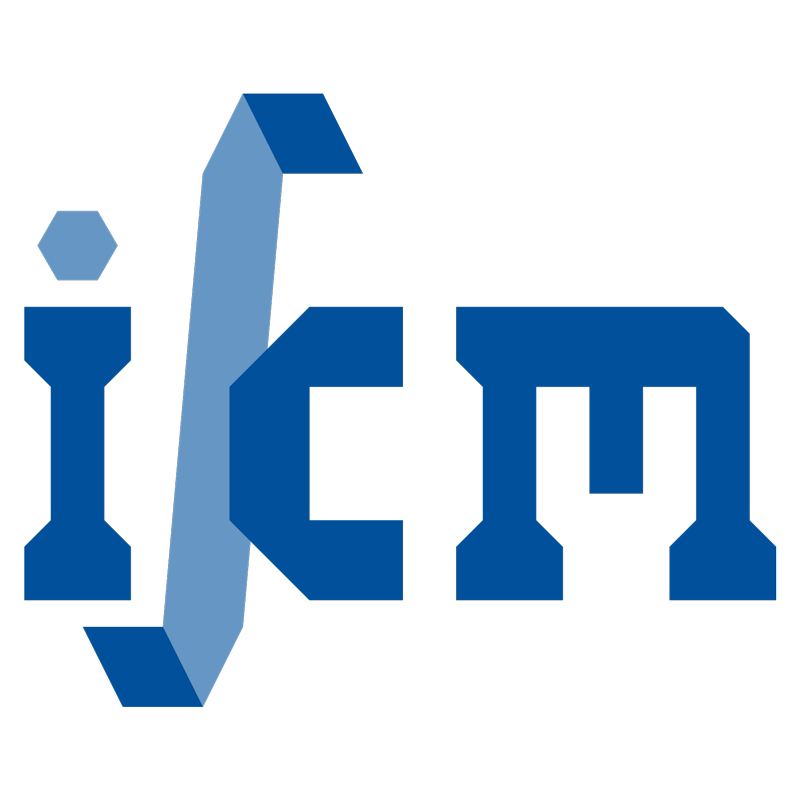3D orientation data – A comparison of diffraction contrast tomography and serial sectioning electron backscatter diffraction for the nickel-base superalloy IN738LC
- verfasst von
- Silvia Reschka, Gregory Gerstein, Sebastian Herbst, Lukas Munk, Peter Wriggers, Hans Jürgen Maier
- Abstract
For specimen characterization, X-ray microscopy offers a variety of advantages like non-destructive investigations and reduced preparation effort for the samples. Orientation measurements are possible using diffraction contrast tomography (DCT). However, lateral resolution is lower as compared to scanning electron microscopy combined with electron backscatter diffraction (EBSD). A sample of a nickel-based superalloy IN738LC was investigated three-dimensionally for direct comparison of EBSD and DCT, which clearly reveals the advantages, disadvantages and limits of both methods. Images obtained by EBSD showed more microstructural details, but also artefacts resulting from the previous sample preparation. DCT seemed more suitable for 3D-imaging, but was not able to resolve some of the smaller grains.
- Organisationseinheit(en)
-
Institut für Werkstoffkunde
Institut für Kontinuumsmechanik
- Typ
- Artikel
- Journal
- Materials letters
- Band
- 262
- ISSN
- 0167-577X
- Publikationsdatum
- 01.03.2020
- Publikationsstatus
- Veröffentlicht
- Peer-reviewed
- Ja
- ASJC Scopus Sachgebiete
- Allgemeine Materialwissenschaften, Physik der kondensierten Materie, Werkstoffmechanik, Maschinenbau
- Elektronische Version(en)
-
https://doi.org/10.1016/j.matlet.2019.127177 (Zugang:
Geschlossen)


